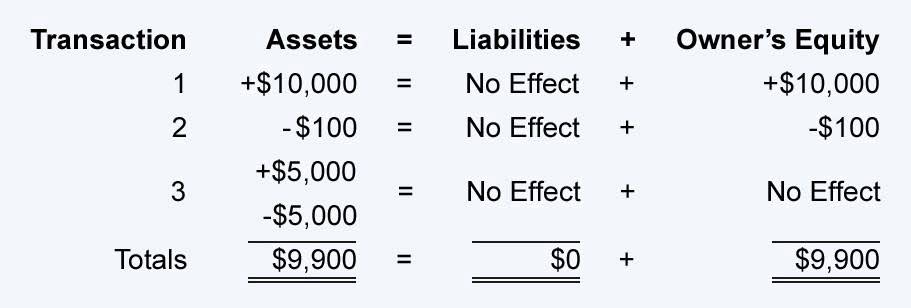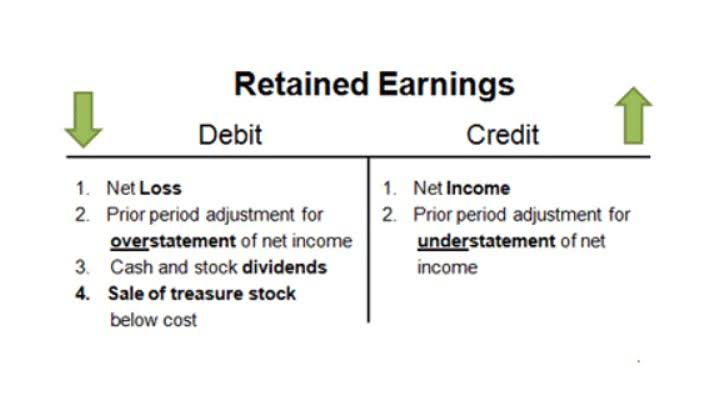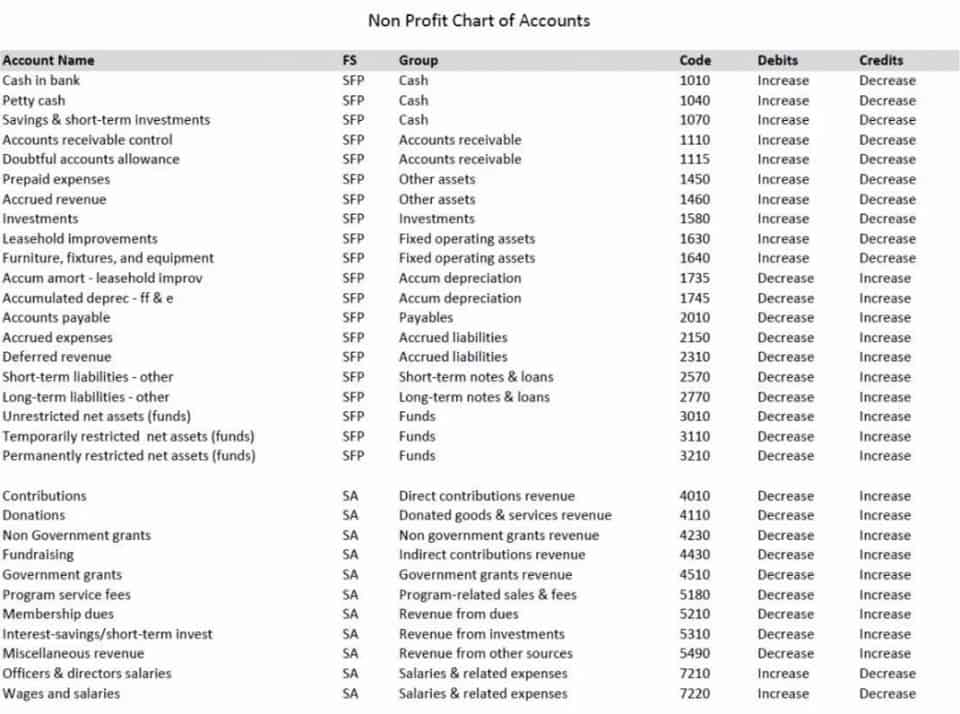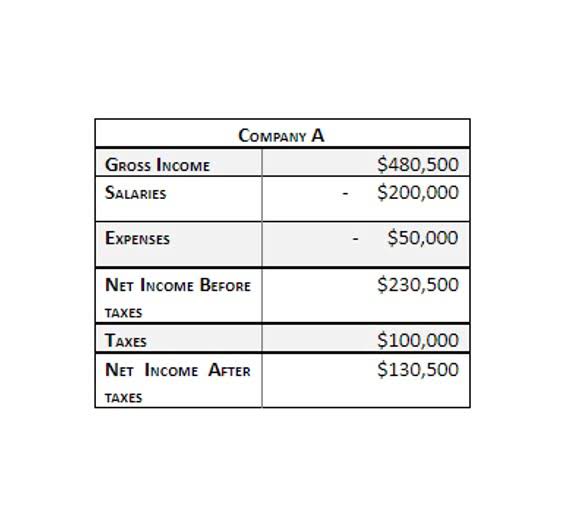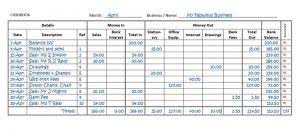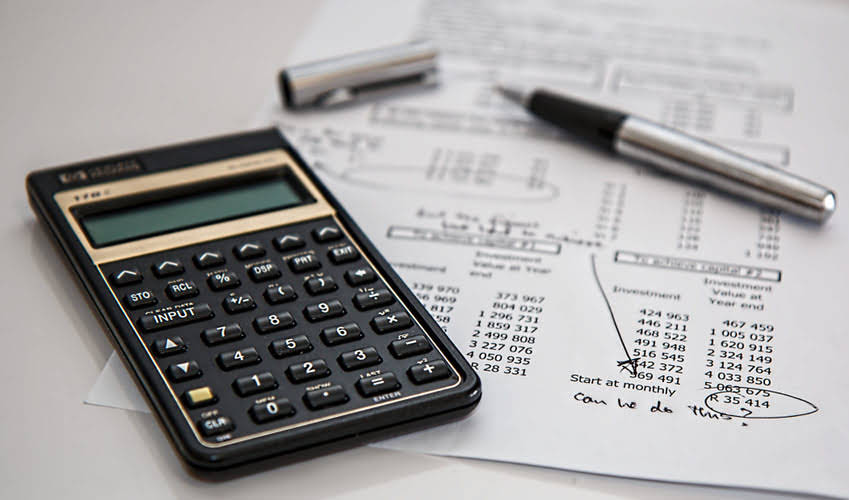To understand the accounting equation better, let’s take a few practical transactions and analyze their effect. Current or short-term liabilities are employee payroll, invoices, utility, and supply expenses. If a transaction is completely omitted from the accounting books, it will not unbalance the accounting equation. Here we can see the list of all liabilities that have been reported on Hershey company balance sheet for 2023. The effect of this transaction on the accounting equation is the same as that of loss by fire that occurred on January 20. This transaction brings cash into the business and also creates a new liability called bank loan.
Assets, Liabilities, And Equity
The fundamental components of the accounting equation include the calculation of both company holdings and company debts; thus, it allows owners to gauge the total value of a firm’s assets. The income and retained earnings of the accounting equation is also an essential component in computing, understanding, and analyzing a firm’s income statement. This statement reflects profits and losses that are themselves determined by the calculations that make up the basic accounting equation. In other words, this equation allows businesses to determine revenue as well as prepare a statement of retained earnings. This then allows them to predict future profit trends and adjust business practices accordingly. Thus, the accounting equation is an essential step in determining company profitability.
Classification of Transactions Notes with PDF
For example, cash, inventory, furniture, machinery, buildings, goodwill, etc. Thus, ABC & Co. has $17.5 billion of claims against its $17.5 billion of assets. Shaun Conrad is a Certified Public Accountant and CPA exam expert with a passion for teaching.
In order to carry out its operations, such as production and sales, the company uses its assets. On the basis of this dual nature of transactions, modern accountants have developed a mathematical formula that is referred to as the accounting equation. This transaction affects both sides of the accounting equation; both the left and right sides of the equation increase by +$250. For every transaction, both sides of this equation must have an equal net effect. Below are some examples of transactions and how they affect the accounting equation.
- This equation is fundamental in understanding a company’s financial position.
- After six months, Speakers, Inc. is growing rapidly and needs to find a new place of business.
- Although Coca-Cola and your local fitness center may be as different as chalk and cheese, they do have one thing in common – and that’s their accounting equation.
- This shows all company assets are acquired by either debt or equity financing.
- Since Speakers, Inc. doesn’t have $500,000 in cash to pay for a building, it must take out a loan.
- Liabilities are claims made against assets, or current debts and obligations.
How do assets, liabilities, and equity interact?
The accounting equation is not just theoretical; it has real-world applications in managing a company’s finances. Accountingo.org aims to provide the best accounting and finance education for students, professionals, teachers, and business owners. This is how the accounting equation of Laura’s business looks like after incorporating the effects of all transactions at the end of month 1. In this example, we will see how this accounting equation will transform once we consider the effects of transactions from the first month of Laura’s business.
After almost a decade of experience in public accounting, he created MyAccountingCourse.com to help people learn accounting & finance, pass the CPA exam, and start their career. Accountancy Net recognized the gap in the market in the provision of accountancy and compliance services for entrepreneurs, startups and established business in e-commerce. Technology has revolutionized accounting, making it more accurate and efficient. Common mistakes can lead to significant issues if not corrected promptly.
- This interplay is critical; when assets outweigh liabilities, it signifies a financially sound operation.
- This balance of assets, liabilities, and equity in the accounting equation emphasizes the principle that all resources must be accounted for, ensuring that a company’s financials remain in equilibrium.
- Here we can see the list of all liabilities that have been reported on Hershey company balance sheet for 2023.
- The company must analyze each event to determine whether or not it has an effect on the variables that make up the accounting equation.
- This bookkeeping method assures that the balance sheet statement always equals in the end.
Accounting Software and Tools
Let’s take a look at the formation of a company to illustrate how the accounting equation works in a business situation. An asset is a resource that is owned or controlled by the company to be used for future benefits. Some assets are tangible like cash while others are theoretical or intangible like goodwill or copyrights. Below is a break down of subject weightings in the FMVA® financial analyst program. As you can see there is a heavy focus on financial modeling, finance, Excel, business valuation, budgeting/forecasting, PowerPoint presentations, accounting and business strategy. Regardless of how the accounting equation is represented, it is important to remember that the equation must always balance.
Why must Accounting Equation always Balance?
As a result of this transaction, the asset (cash) and owner’s equity (expenses) both decreased by $4,000. After six months, Speakers, Inc. is growing rapidly and needs to find a new place of business. Ted decides it makes the most financial sense for Speakers, Inc. to buy a building. Since Speakers, Inc. doesn’t have $500,000 in cash to pay for a building, it What is Legal E-Billing must take out a loan. Speakers, Inc. purchases a $500,000 building by paying $100,000 in cash and taking out a $400,000 mortgage.
Assets: What You Own
This relationship is critical during financial distress, as it directly reflects how quickly a company can convert its assets into cash. The accounting equation may be expressed as a tool for assessing risk; companies with high liabilities relative to their assets may face greater financial pressures during downturns. Discrepancies in the accounting equation can signal a financial problem.
Create a Free Account and Ask Any Financial Question
In order to help you advance your career, CFI has compiled many resources to assist you along the path.
What Is a Liability in the Accounting Equation?
Additionally, some individuals may not fully appreciate how equity functions within the equation. They often perceive equity solely as ownership value, without considering its dynamic nature influenced by profit margins and retained earnings. This misconception may hinder one’s ability to analyze long-term financial sustainability effectively. Financial analysts also apply the accounting equation to assess capital structure and operational efficiency. By closely monitoring changes in the accounting equation assets liabilities, it is possible to identify trends that may impact business decisions and strategic planning. Ultimately, the accounting equation is an essential framework that provides a comprehensive view of a company’s financial landscape.
It’s essentially the same equation because net worth and owner’s equity are synonymous with each other. Other names for owner’s equity you may face are also net assets, or stockholder’s equity (for public corporations). As we previously mentioned, the accounting equation is the same for all businesses.
